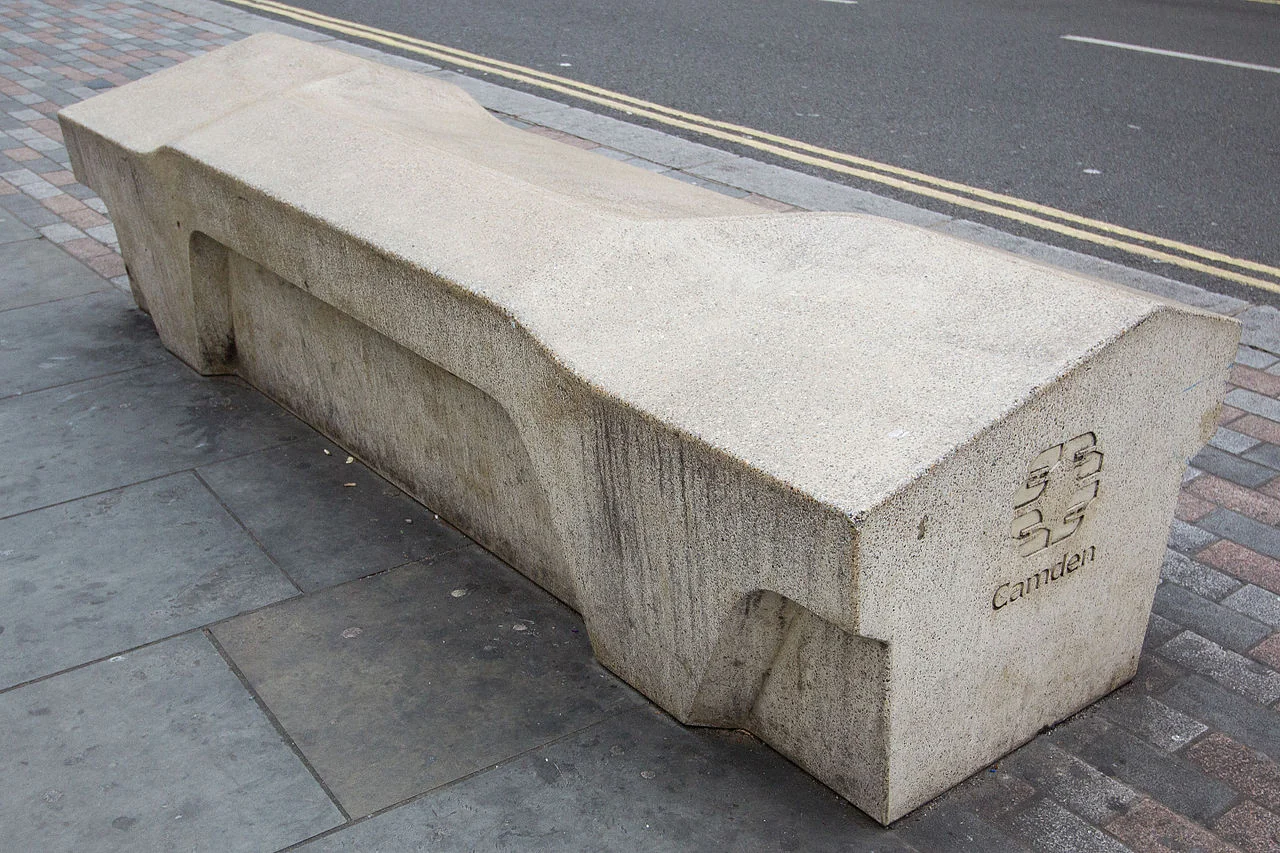In October of 2021 I sent one of my friends a message:

I'd been working on the app since at least May, but this was the first time anyone outside my immediate family would see it. This is (more or less) what I showed him:
The app is called Artifact. It allows you to change something in a photo after it's been taken, even on a spectator's borrowed phone. Here's the marketing page I designed for it.
It's now March of 2023 as I'm writing this. Artifact has not gone on sale. In this post I'll explain what happened, with two goals in mind:
- There are a lot of people who knew I was working on this, and will be wondering how it turned out. This way I'll have a complete telling of the story to link people to.
- I don't want anyone else to go through what I did. If you're someone that creates magic products (or plans to in the future) then I hope hearing about my experience will help you avoid something similar.
This story involves a number of other people. I will not be naming any of them, but I also want to make it clear that everyone I interacted with was quite friendly and I don't think anyone acted maliciously. There are certainly some things I wish other people had done differently, but I don't think anyone was acting in bad faith.
Some Background
I've only released one other magic product previously, an app called Unlisted. I self-published it, so I made the instructions, edited the trailer, and wrote the marketing copy myself. I did list it through Penguin Magic's partner program, but that relationship is similar to publishing a game on Steam; Penguin wasn't involved in the product itself.
For physical magic products, it's common for creators to partner with production companies that help with manufacturing, marketing, and distribution (similar to a book deal). Since Artifact requires the use of a physical gimmick (along with specially-printed cards for certain tricks) I figured it'd be worth pitching it to publishers to see if I could get a box set made with instructions and all the necessary materials. Starting in November of 2021 I made a few videos of me demonstrating the app and sent them to companies I'd heard were good (or whose products I'd enjoyed in the past).
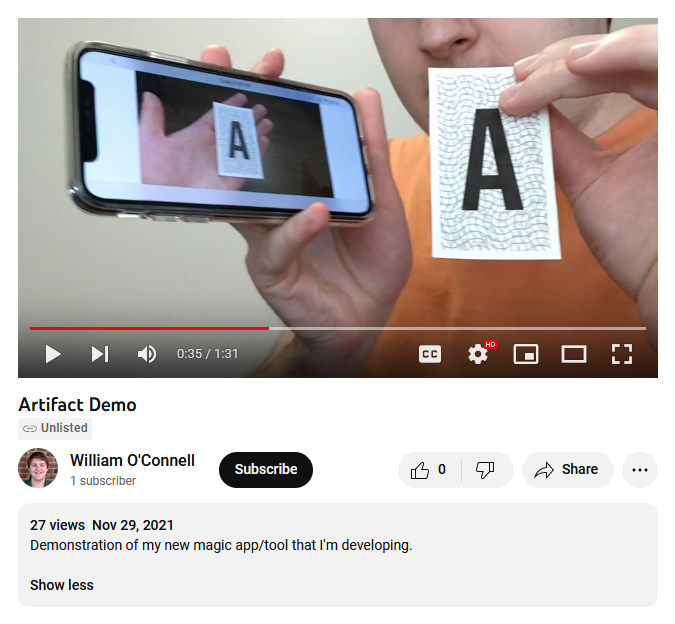
Let's Make a Deal
Some companies never got back to me, which is to be expected. Three expressed significant interest though, and two of them eventually sent me draft contracts. Like I said, this was my first time doing this, so I wasn't sure what to expect from the contract terms. Book publishing royalties tend to be around 10-15%, and from what I can tell the magic industry is similar (although it's always worth negotiating). There are other things to look out for if you're entering one of these contracts yourself (gross vs net royalty, IP ownership, contract length, etc.), but I'm not an expert so I won't try to give specific advice there. Be sure to do some research, and ask questions if you don't understand what you're agreeing to.
After some back-and-forth with both companies, I decided which one to go with (referred to as just "the publisher" from here on).
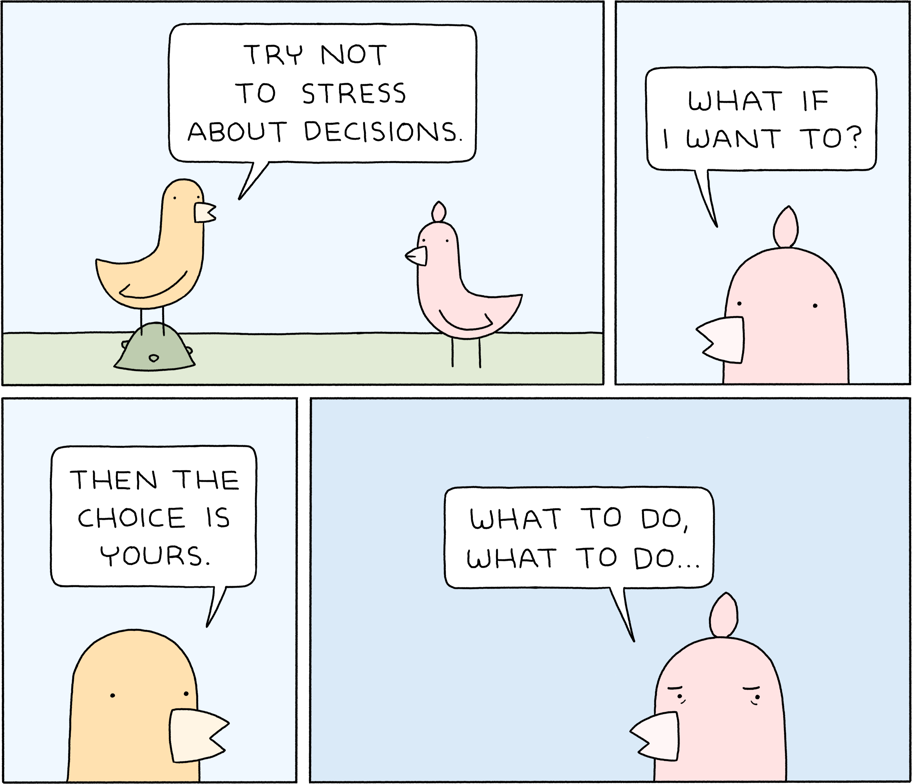
One of the things I was worried about going in was that the publisher might eventually decide not to produce the product, or that they'd discontinue it quickly after launch. In that case I'd be left stuck, having signed the exclusive rights over to a company that was no longer interested in distributing it. That might sound a little paranoid, but something a lot like that actually happened to me recently (unrelated to magic), so I wanted to be careful. I expressed this to the publisher, and they added two clauses to the contract:
- They would release the product within one year. If not, I could bail on the agreement.
- One year after release (whenever that ended up happening) I could start selling the app directly through my site, regardless of if the publisher was still distributing it or not.
With those changes made, I felt confident that I was safe regardless of what might happen. After having a lawyer look over the contract (a step I highly recommend), I officially signed on in late January of 2022. It was finally happening. I was finally going to be a published magic creator.
Getting to Work
Things went smoothly for the first few months. I had good conversations with various members of the team, and we quickly got a lot of the technical work done to make sure they could distribute access to the app through their system. We started working on the designs for the props/gimmicks, as well as the packaging they'd come in. The publisher told me they were aiming to release the product some time in August, ~7 months from when we started. I was very excited, and it seemed like they were as well.
Throughout this time I was constantly working on improving the app in small ways. The core featureset had been done for months, but there were lots of tweaks to make and bugs to fix. I set up performance monitoring. I reported browser bugs. I did everything I could to make an app I'd be proud to have my name on. Just to give you a frame of reference: Unlisted took about 6 months from start to finish. I was (and still am) a full time student so I wasn't working on it all day every day; probably around 100 hours all told. I worked on Artifact for almost two years. Many hundreds of hours were spent on this; it's the hardest I've worked on anything in my entire life.
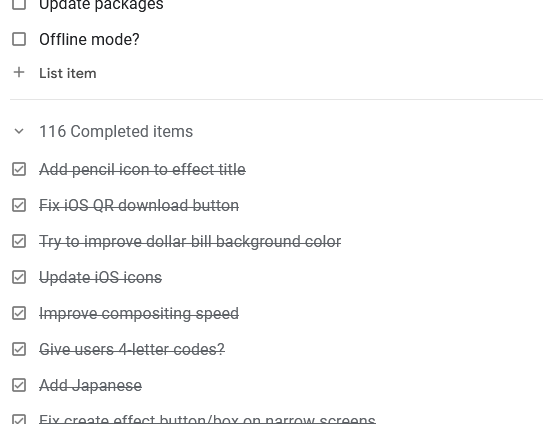
Some of these only took a few minutes, "Improve compositing speed" took days.
On the physical product I had less direct influence, but I was still trying to do my part to make the project a success. In retrospect, I probably took it a little too seriously. That summer I was interning at Capital One, so during the week I was staying in an apartment nearby to their office. At one point the publisher asked what I wanted the back design of some included cards to look like, and I wanted to test a few out on paper before we finalized anything. I didn't have a printer at the apartment, so instead of waiting until the weekend to use my parents' one, I went to a FedEx that same day and got some designs printed on cardstock. I also had to buy a pair of scissors so I could cut them out.

done two days earlier would make a difference.
August eventually rolled around, and while a fair bit had gotten done, we were still clearly nowhere near launch. The design was mostly ready, but nothing had been manufactured yet and the tutorial/trailer hadn't been shot. The release date was pushed to October.
By this point things seemed to have slowed down considerably. I can only speculate, but it seems like they had a lot of other projects happening at the same time, some of which may have been behind schedule as well. The magic business is ultimately a very small industry, where selling a few thousand units is considered a success. To sustain a decent-sized company you need a lot of products. And the more products you have, the more context-switching overhead there is as employees jump from one project to another.
In any case, October came and went, and we still weren't much closer to launch. Everyone at the publisher still seemed optimistic, but it sometimes took weeks for them to respond to messages and it was clear their attention was being drawn to other things. By this point I had largely run out of excitement for the project; I was just worried about all the things that could go wrong. What if a new iOS/Android update broke a key feature? What if someone else had the same idea? What if the servers broke on launch day?
I was eventually told that the release would need to be pushed all the way back to January. On one hand this was frustrating, since we'd now stretched to double the timeline I was originally told. On the other hand, it was nice to finally have a date that felt solid. The contract said it had to come out by January, the company told me it would come out in January, it was definitely coming out in January. I just had to wait a few more months and then Artifact would finally be out in the world. Right?
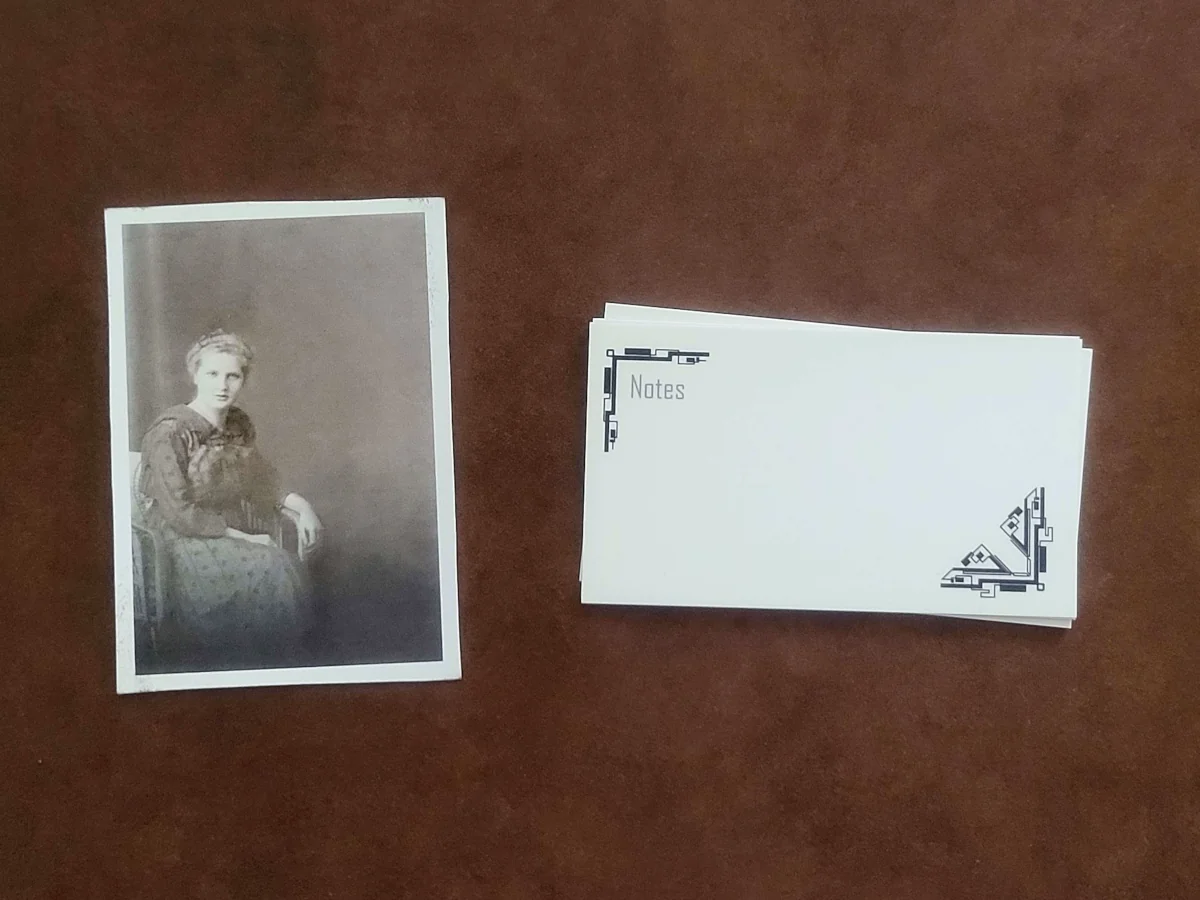
Right?
Yeah, no.
In fairness, a lot did get done in January. Footage was shot, items were manufactured, and I even got samples of a few things mailed to me. Still, it was clear that it would take at least another month or two before the product could go on preorder, let alone actually ship out to customers. Towards the end of the month we passed the contractual deadline, meaning I was free to end the agreement if I so chose. I didn't want to do that though, because that would've meant throwing away the last year of work on the physical items. Plus, without a publisher promoting it I would struggle to sell many copies. At the time, I thought that sounded like a bad outcome. In hindsight that would've been much better than what came next.
Surprise
The next week, two new apps came out from other (more famous) magic creators. Both looked very similar to Artifact. Not the same, but certainly similar.
If you're not in the magic industry, you might not understand why that's such a big deal. I mean, obviously it's competition, but if this was any other kind of app it wouldn't really matter in the scheme of things. Google Docs did well even though Word already existed. But in the magic world, a big part of what people are buying is the idea/method itself. Many magic products are just books or DVDs without any included props. If you sell a gimmick or a piece of software that can be used similarly to one that already came out, you are, in many people's minds, selling someone else's product.
Of course, opinions vary among magicians, and depend on the specific circumstances. And to be clear, it's not really a legal question; magic is difficult to protect legally (unless you file a patent, which is expensive). But magicians take this stuff very seriously. People have gotten death threats over it. Things could not continue as normal.
Damage Control
In cases like these, the "thing to do" is to reach out to the other creators and ask permission to release your product. Sometimes they won't care and will give you the go-ahead. Sometimes they'll ask you to credit them, or to modify your product to be more obviously different from theirs. Sometimes they'll just say no. I'm sure money changes hands on occasion, but again this is a small industry so there isn't necessarily that much money to go around.
In my case, the publisher reached out to the other creators on my behalf. I wasn't in those conversations so I don't know exactly what was said, but both of them requested that portions of Artifact be removed. Initially the publisher seemed optimistic that we could salvage what remained (which, to be clear, includes some good stuff). Eventually though, reality started to set in. Artifact was designed to be highly customizable, so you can use it to create almost any effect you want. Making all the requested changes and removals would severely limit what you could do with it. The result would be a Camden Bench of an app, a product defined mostly by what it is not. That's not a product I'd be proud to sell.
As a result, it's a pretty terrible bench.
Besides, even if negotiations with the other creators had gone differently, the product had lost much of its market value at this point. Any discussion of the app would only be in the form of comparisons to the others that had come out months before. How many people would even understand the differences?
On February 24th, 2023, the publisher sent me an email: they had decided to back out of the project.
After waiting 13 months, I was left with nothing. No gimmicks, no trailer, no instructions. Just the same app I was showing people in 2021, enhanced to support a user load it would never receive.
I probably don't need to describe how I felt.
What Now?
At this point, I don't have many good options. I have all the rights for the software, so legally I could still just sell the original app through my own site like I do with Unlisted. I created it totally independently, after all. But I know that wouldn't sit right with many magicians. I could make the requested modifications and then sell it, but like I said I don't think the resulting product would be very good, and I'd still probably end up getting a lot of confused or negative feedback from people asking how it was different than the apps that were already released.
The thing that makes this situation particularly strange for me is that, while I haven't been selling Artifact in the past year, I'm certainly not the only person that's had access to it. I've given keys to my close friends, and some early beta testers, and people I've met at conventions. In total there's around 30 people that have had access for months already, and some have been performing it pretty regularly.
So here's my plan: I'm just going to keep doing that. If you're interested in trying Artifact, send me an email and I'll get you set up. You're welcome to perform with it wherever you want, for free. Just keep in mind:
- If your goal is to perform the headline effect of one of the other apps, please just buy that app. Those guys do great work and they deserve your support. I've removed the specific effect presets that were overly similar to what had already been published by others.
- The software itself is reasonably polished, but the instructions are just written text (which I stopped updating after I got the publishing deal).
- It comes with no warranty whatsoever. If it breaks, it breaks.
What Did We Learn Here?
I don't have a perfect solution to avoid something like this happening in the future. To some extent it's a risk that comes with the territory. But these were some of my takeaways:
- Speed counts, especially in this industry. Don't move so fast that you don't have time to do things right, but do move fast.
- Apps can be updated. The initial release of many apps (magic or otherwise) is relatively basic, because it's much easier to make improvements once you start getting feedback from real users.
- Don't get too invested in any one project. It's never too late for things to go wrong.
Addendum
As many people guessed, one of the developers that beat me to the punch was Marc Kerstein (of WikiTest fame) with his app ISO. The original method of each app was actually fairly different, but both involved taking a photo with a spectator's phone, and both featured a bill-to-impossible-location effect. Marc's version was based on Noel Qualter's effect Technote, which was published in the Genii magic magazine back in 2015. Since that was one of the main advertised effects of ISO, I decided to remove it from the Artifact presets for all new users.
After this post went up, Marc and I spent some more time talking and got the chance to try out each other's apps. It quickly became clear that the two products actually compliment each other. So, we worked together to integrate my AR engine with the ISO interface, allowing you to perform the bill effect in an even more impossible way. This new feature has now been released as an in-app purchase.
So, if you want to play with the rest of Artifact, you're still welcome to email me and I'll get you set up. However, if you just want to do the bill effect, you can find it right now inside ISO (assuming you have an iPhone).
